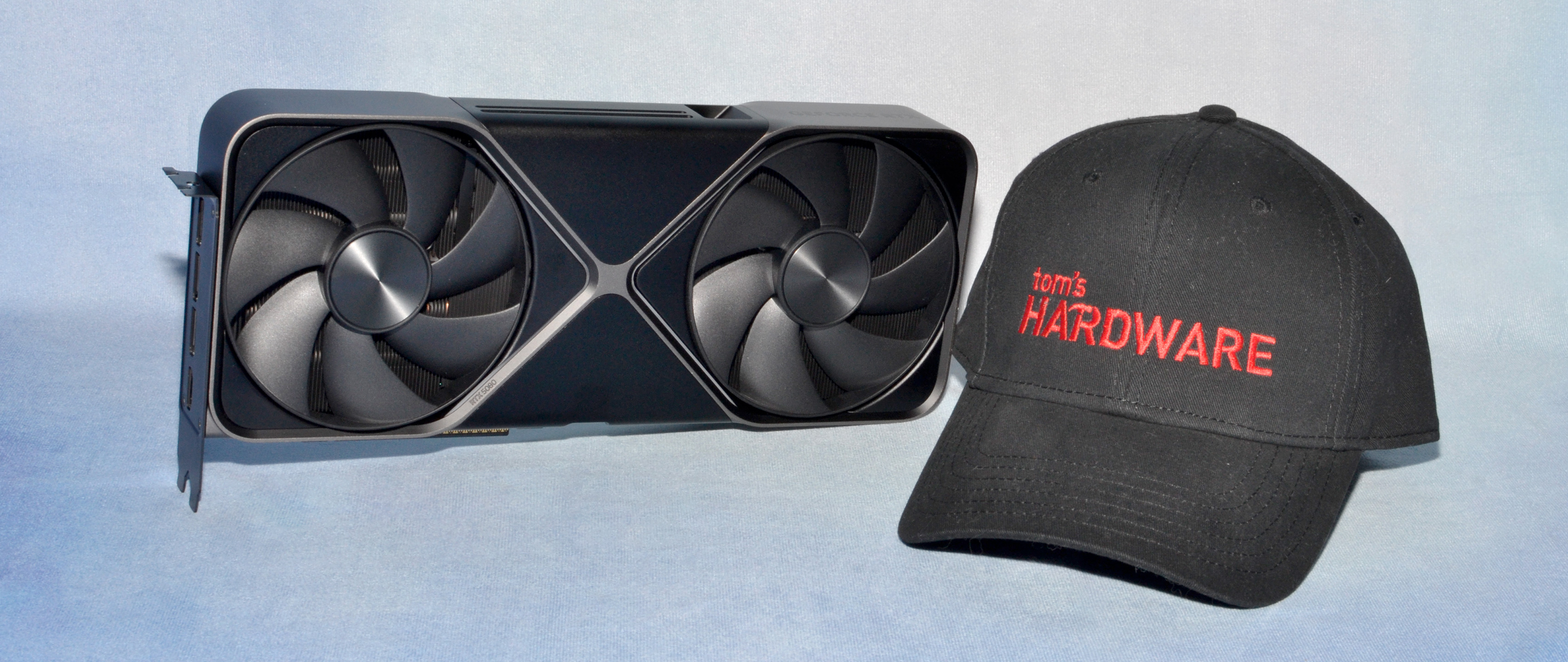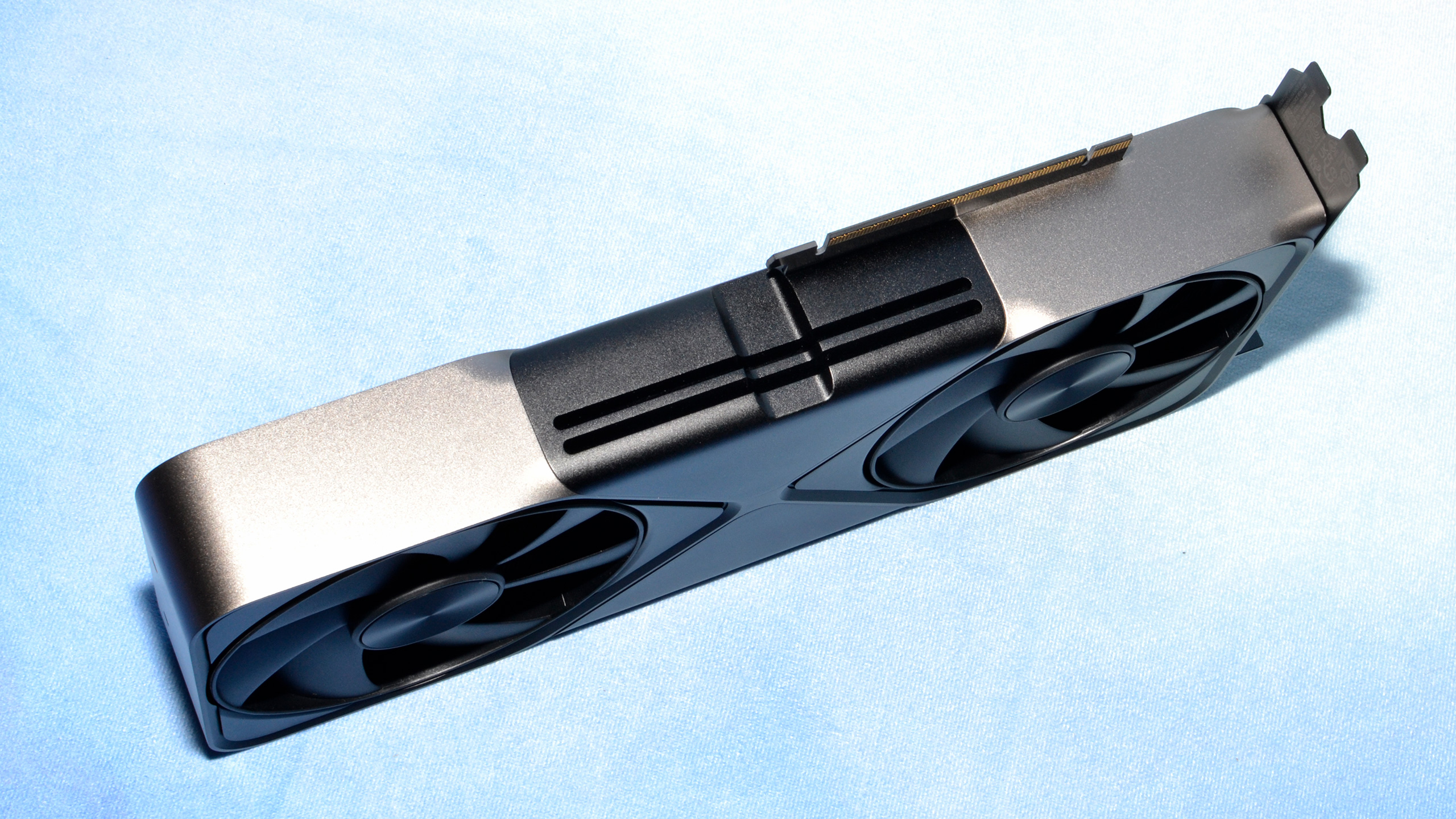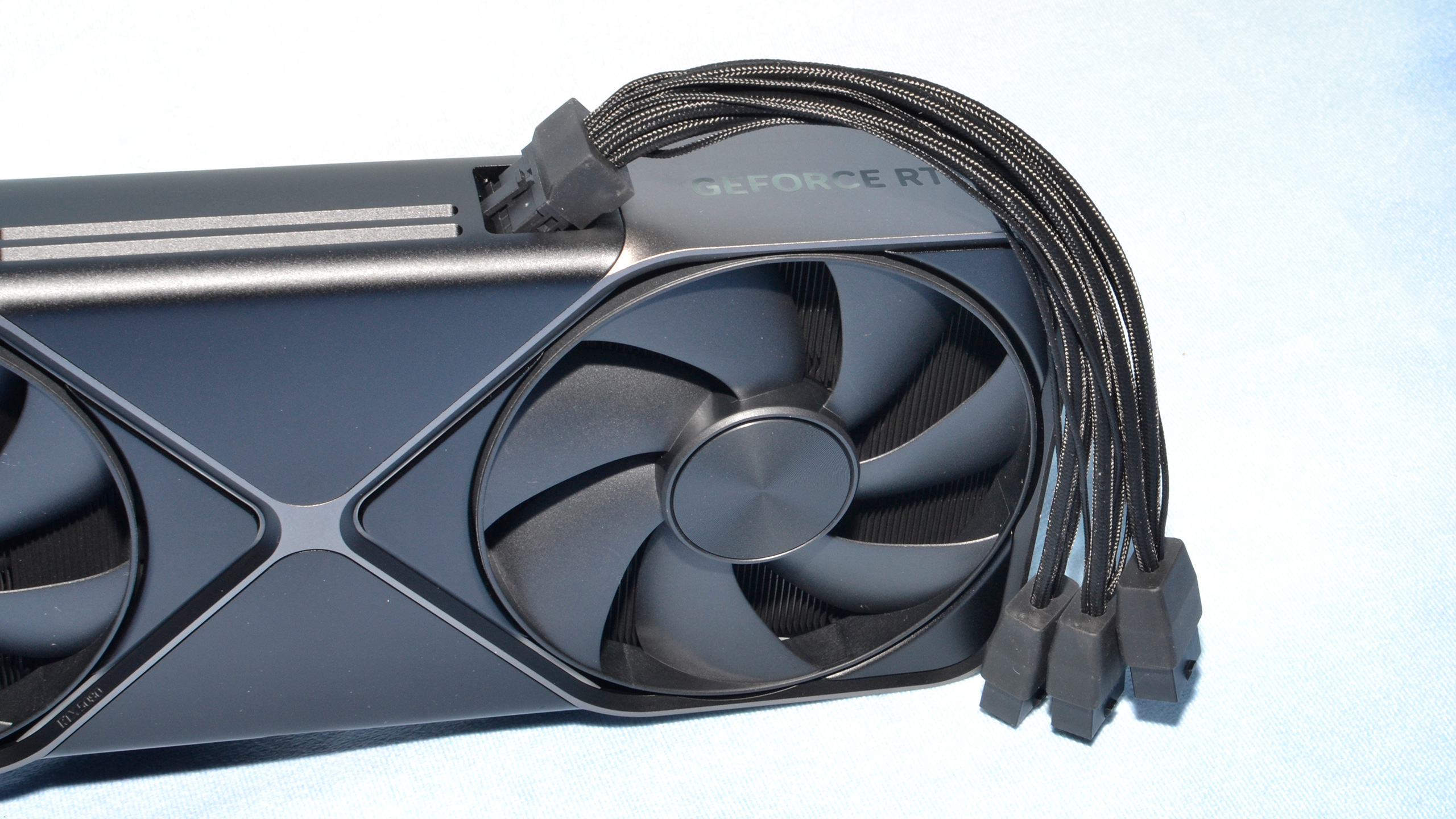Why you can trust Tom's Hardware
Nvidia RTX 5080: A fast card, but not as fast as the marketing suggests
Nvidia's RTX 5080 Founders Edition delivers what we were expecting, mostly. We can't help but feel that, like the RTX 5090, these first drivers made available to reviewers aren't fully tuned for the Blackwell architecture yet. In some games, performance looks quite good with reasonable generational improvements. In others, the gains don't materialize — particularly at lower resolutions.
What is obvious is that the RTX 5080 isn't a massive leap in performance compared to its predecessor — whether that's the 4080 Super we tested or the slightly slower RTX 4080. Nvidia's performance claims depend almost entirely on Multi Frame Generation (MFG), and that's disingenuous at best. Nvidia knows as well as anyone that a game running at 200 FPS with 4X MFG doesn't feel the same as a game rendering at 200 FPS without any form of framegen. Pretending that the resulting "framerates" are comparable requires serious mental gymnastics.
However, it's equally disingenuous to suggest that framegen/MFG are useless or "fake frames." If you play a game running at 30–35 FPS without framegen and then try the same game running at 55–60 FPS with framegen, the latter feels better in my book. It doesn't feel anywhere close to twice as fast, but perhaps 20% faster. And if you use 4X MFG running at 105–115 FPS, that might feel another 10–20 percent faster than the 2X framegen result. It's really just frame smoothing, but that smoothness interacts with your brain to make the game generally feel better, even if the base input sampling rate decreases slightly.
But while MFG can be force-enabled through the Nvidia App in 75 games right now, that's inconvenient at best. (Launch Nvidia App, change settings, launch game, test performance, exit game, rinse lather and repeat for other settings.) In the long term, we'll need to see it in more games and then determine where it works best and what performance levels you need to reach. Subjectively, for me, a base FPS of 40 or more seems to be "good enough," and there are games where it's possible to go even lower — and also games where I'd want it to be 60+ FPS for the base rendered rate.
Like MFG, the RTX 5080 — and the other 50-series GPUs — also promise improved AI performance. There are already workloads that can leverage the FP4 support to both improve performance and reduce VRAM requirements for various LLMs. There will undoubtedly be more LLMs with FP4 optimizations in the future. In some of those cases, the 5080 could deliver up to twice the performance of the 4080-class cards.
Obviously, if you don't care about AI and only want to play games, this is less of a factor. But Nvidia is also pushing for AI enhancements to make it into games. Perhaps in the future, we'll actually have good games (not just glorified tech demos) where the AI capabilities of Blackwell prove important for things beyond upscaling and MFG. We're not there yet, but things could change in the next year or two.
As a potential GPU purchase, if they're both priced the same, the RTX 5080 will be better than an RTX 4080 Super. That much is a given. Right now, it doesn't always win, but driver tuning should address any shortcomings. But if you already have a decent GPU, the benefits of the 5080 over the 4080 Super are pretty thin at present. If you didn't see enough in the RTX 4080 Super to entice you to upgrade in early 2024, the extra 10% performance plus new features that the 5080 offers isn't likely to change things.
We're disappointed that Nvidia is sticking with a 16GB card at the $999 price point. Yes, GDDR7 costs more than GDDR6X, but we were really hoping to see a widescale deployment of the 3GB GDDR7 chips. So far, only the RTX 5090 Laptop GPU uses those chips, which means they're available but probably not in the desired quantities. Hopefully, within the next year or so, Nvidia will have the usual mid-cycle refreshes of Blackwell and will offer new and improved models with 50% more VRAM capacity.
Yes, we have heard all about neural rendering, Neural Texture Compression, Neural Materials, etc. Those could potentially reduce VRAM requirements if they're used. It will likely take a while for any of those to gain traction, though, and we're already encountering games where 12GB isn't enough and 16GB is the minimum requirement for certain settings. Indiana Jones and the Great Circle, running 4K with DLSS Quality mode and framegen? It needs more than the RTX 5080's 16GB for 4K with full RT, DLSS Quality, and framegen — it just locks up with those settings right now. 24GB would have been far better for a $1,000 (or more) graphics card.
We're far more excited about the RTX 5090 than the 5080. It's not that the 5080 is bad, but it's underwhelming. It's not even able to match the previous generation 4090 in most tasks unless you're willing to chug down a lot of MFG Kool-Aid.
Ultimately, it's a sign of the days we live in. Process node advancements are getting harder and harder to come by, and by choosing to remain on the same TSMC 4N node as the RTX 40-series for its Blackwell RTX cards, and with the same die size on AD103 and GB203, Nvidia didn't have much room to truly boost performance. It seems as though Nvidia axed the OFA from Ada Lovelace and used that die area for tensor enhancements instead (though it hasn't officially said this). What we end up getting is more AI-generated intermediate frames that only go so far toward improving the user experience.
If you're in the market for a $1,000 graphics card, and assuming there's enough supply to keep prices down, the RTX 5080 now sits on the podium as the second fastest GPU overall. It's half the price of the 5090, less likely to be continually sold out, and has all the other Blackwell architecture features. It's just nowhere near the potential 30% higher (or more) baseline performance we like to see with generational upgrades.
And if you're able to justify spending a grand on the RTX 5080, it's probably not that much of a stretch to double that for the clearly superior RTX 5090 that's over 50% faster on average — at 4K. The RTX 3090 was only 15% faster than an RTX 3080 four years ago, for double the price. For the well-funded gamer / streamer / AI researcher / etc., the 5090 is the clearly superior option. Which is one more reason we expect it will be hard to come by for quite some time.
- MORE: Best Graphics Cards
- MORE: GPU Benchmarks and Hierarchy
- MORE: All Graphics Content
Get Tom's Hardware's best news and in-depth reviews, straight to your inbox.
Current page: Nvidia RTX 5080: A fast card, but not as fast as the marketing suggests
Prev Page Nvidia RTX 5080: Power, Clocks, Temps, and Noise
Jarred Walton is a senior editor at Tom's Hardware focusing on everything GPU. He has been working as a tech journalist since 2004, writing for AnandTech, Maximum PC, and PC Gamer. From the first S3 Virge '3D decelerators' to today's GPUs, Jarred keeps up with all the latest graphics trends and is the one to ask about game performance.


